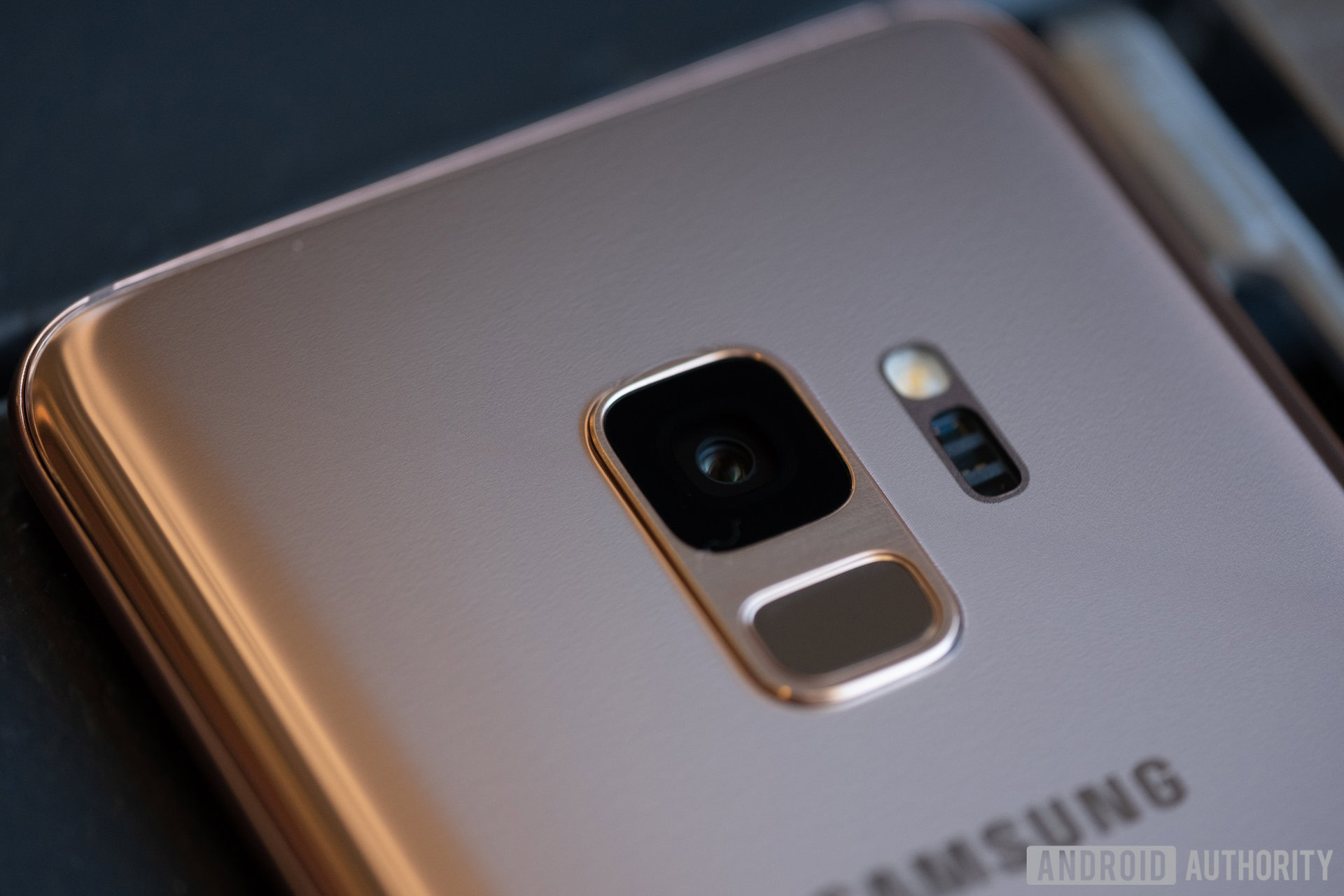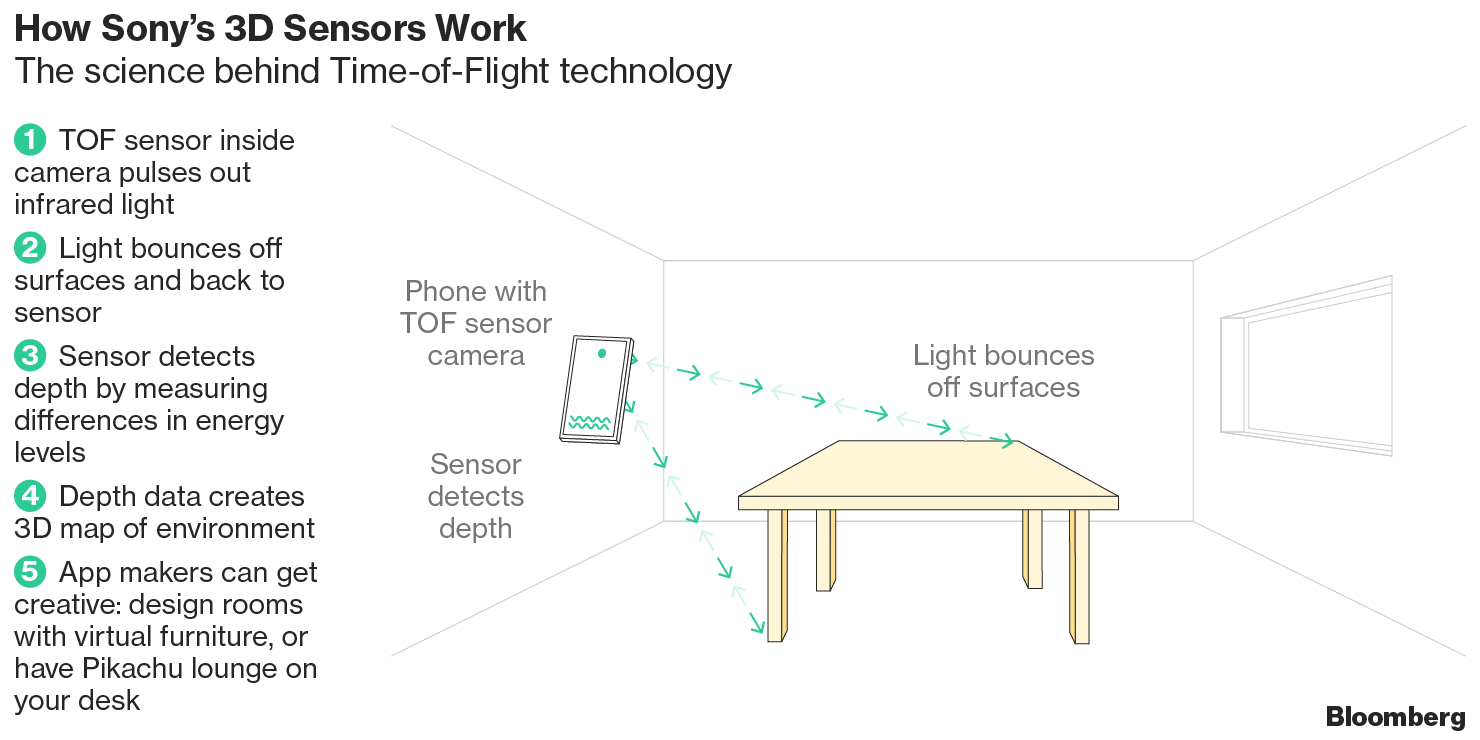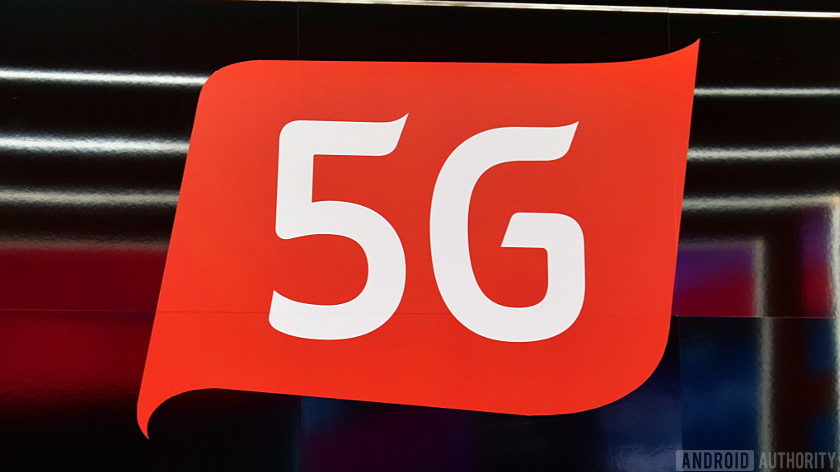Affiliate links on Android Authority may earn us a commission. Learn more.
Samsung Galaxy S10 (5G) tipped for superior AR with front and rear 3D sensors

- Samsung is said to be planning to include a TOF 3D sensor on the front and rear of upcoming smartphones.
- The 5G version of the Galaxy S10 and a new Galaxy A series phone are expected to get the sensors.
- The sensors could make face unlock more secure, as well as improve AR and VR.
Samsung will apparently place a Time of Flight (TOF) sensor on the front and back of some of its smartphones next year. According to ETNews, phones in line to get the tech include the anticipated 5G version of the Galaxy S10 and a device in the Galaxy A Series. The publication’s sources say the module would be a similar size to existing camera modules meaning it could be one of the six cameras recent rumors suggest the 5G S10 will come with.
The sensors may have different uses depending on where they are placed on the phone. On the front, the tech could build better 3D maps of your face. This could improve the security of face unlock and make more realistic AR Emojis.
A rear-facing TOF sensor could provide a more accurate augmented reality experience than ARCore, which only uses the phone’s regular camera, GPS, accelerometer, and gyroscope to map an area in 3D. The sensor could also be used in VR to create 3D environments based on your surroundings.
How TOF sensors work
TOF sensors beam out light and then measure how long it takes the signal to return to the sensor. Using this information, they are able to measure depth and create a 3D map of an environment.
The sensor should be more accurate and work at a greater distance than the Structured Light based 3D sensor found in the iPhone, according to ETNews.
To give you an idea of the kind of scale you could replicate, vivo recently unveiled a TOF sensor it said could enable 3D mapping up to three meters from the camera. The vivo sensor has 300,000 sensor points, which it says is 10 times the number of existing Structured Light tech.

3D TOF sensors already exist on some Android phones. The OPPO R17 Pro has one on the rear which lets the user create 3D images by circling the camera around an object. Meanwhile the Mate 20 Pro has a front facing TOF sensor mainly used to power its face unlock feature.

As well as the above manufacturers, Sony is known to be developing TOF sensors for use in phones. Apple is also thought to be considering adding a TOF sensor — possibly made by LG according to ETNews — to its iPhone lineup.
This report is just one of many recent Galaxy S10 rumors to have surfaced. Other rumors suggest there will be four models available including a budget device, two that are expected to be direct successors to the Galaxy S9 and S9 Plus, and the high-end 5G TOF sensor touting device.
The high-end version could also get a total of six cameras, a 6.7-inch display, and reverse wireless charging.
Next up: Samsung Galaxy S10: What we know about Samsung’s next big thing